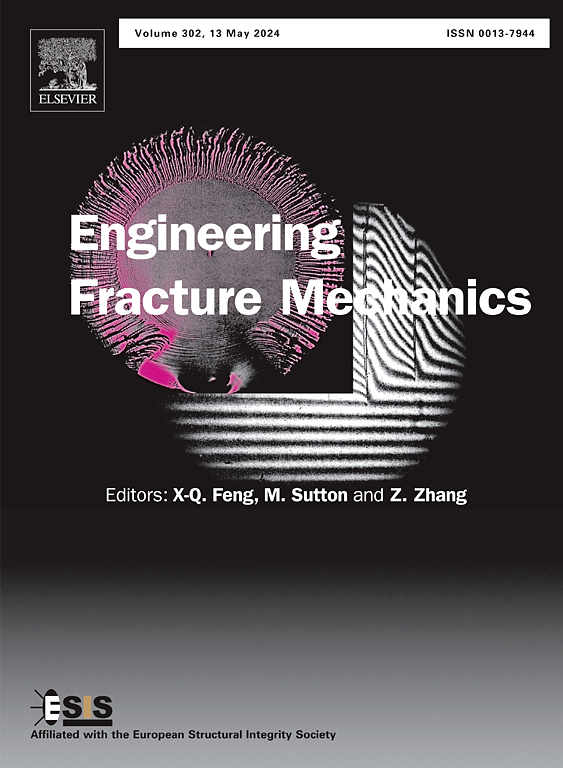Mechanical modes and acoustic emission fractal characteristics of marble failure under true-triaxial loading
IF 4.7
2区 工程技术
Q1 MECHANICS
引用次数: 0
Abstract
Rock dynamic disasters, such as roof caving, wall spalling, and rockbursts, commonly occur in deep underground mines, posing significant safety risks. Although acoustic emission (AE) monitoring technology has greatly advanced the detection and prediction of rock failures, existing approaches primarily emphasize parameter- or waveform-based analyses, which might inadequately capture fractal characteristics and their predictive value. To address these limitations, true triaxial testing was employed in this study to simulate the evolution of failure characteristics in marble rock specimens obtained from a metal mine under complex stress conditions. AE monitoring systems and high-speed cameras were utilized to document the failure processes, and fractal dimension methods were subsequently employed to analyze AE signal characteristics and associated failure modes. The failure process of the rock mass at the free surface was found to progress through distinct stages, including cracking, buckling deformation, and the ejection of rock fragments. The failure mode of the marble specimens was characterized by a combination of shear and tension, with shear failure predominantly observed as the governing mechanism. Furthermore, AE signal patterns exhibited a “quiet period” with minimal counts before catastrophic failure, which served as early warning indicators for potential catastrophic failure. Fractal analyses confirmed that AE amplitude sequences displayed distinct fractal characteristics, with the correlation dimension D sharply decreasing prior to failure, which indicated a transition from chaotic to more ordered states. This study enhances the understanding of rock failure mechanisms under true triaxial stress conditions through the integration of AE monitoring and fractal analysis. The findings thereby provide a significant contribution to safety management practices in deep mining environments.
求助全文
约1分钟内获得全文
求助全文
来源期刊
CiteScore
8.70
自引率
13.00%
发文量
606
审稿时长
74 days
期刊介绍:
EFM covers a broad range of topics in fracture mechanics to be of interest and use to both researchers and practitioners. Contributions are welcome which address the fracture behavior of conventional engineering material systems as well as newly emerging material systems. Contributions on developments in the areas of mechanics and materials science strongly related to fracture mechanics are also welcome. Papers on fatigue are welcome if they treat the fatigue process using the methods of fracture mechanics.

 求助内容:
求助内容: 应助结果提醒方式:
应助结果提醒方式:


